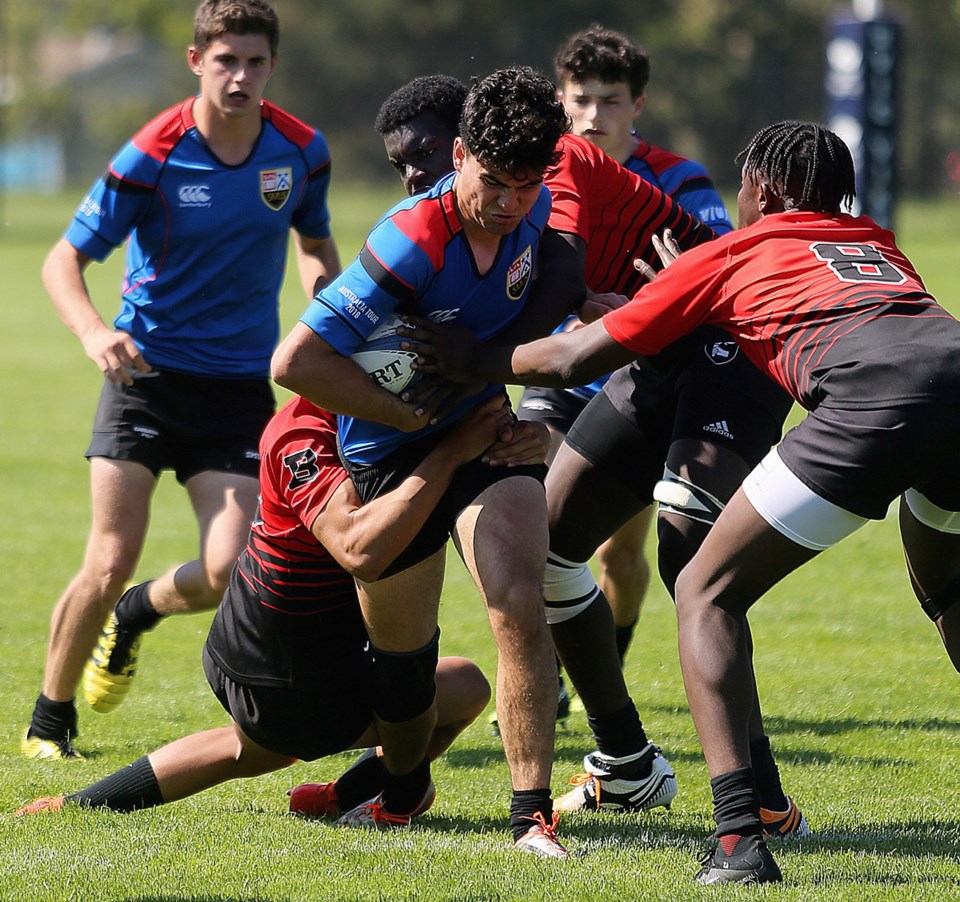Over the past 20 years or so, school systems in B.C. and in other provinces have evolved to allow for a wider variety of educational options, including sport-specific academies.
Public education in B.C. has seen an exponential growth in these schools, which have become a program of choice for aspiring B.C. student athletes.
In 2000, there were no sport-specific academies, while today at least 72 B.C. schools offer more than 110 programs, with about 4,000 student athletes enrolled across 21 sports.
This growth has been driven partly by districts and schools that recognize the revenue-generation potential of specialty academies in a climate of declining student population.
This growth in athlete development has also been partly inspired by the success of organizations such as the Australian Institute of Sport in turning out world-class athletes from a comparatively small population (Australia has 24 million people while Canada has 36 million and the U.S. 326 million). Canadian sports organizations are also seeking new and better ways to identify and support young athletes.
The importance to children of participating in sports, organized or otherwise is, to most adults, a no-brainer. Being physically active and engaging in friendly competition is widely acknowledged to be advantageous to children’s physical, mental and social well-being.
So far, so good. But to many parents and teachers, programs such as Own the Podium, with its stated goal of improving Canada’s Olympic medal count, miss the point.
Coaches and teachers who have devoted their careers not only to athlete development but, more importantly, to the growth and development of children, emphasize the importance of maintaining a balanced perspective for emerging young athletes, especially kids who excel to the point where they (and their parents) begin to harbour dreams of university or college scholarships or even Olympic medals or professional sports.
In an article in the New York Times, Dr. Charles A. Popkin, pediatric orthopedic surgeon at Columbia University Medical Center, warned that “parental influence on sports specialization can be profound and counterproductive if it doesn’t mesh with the child’s goals and interests.”
Popkin cited research based on findings of the American Medical Society for Sports Medicine, which indicated that: “Children who specialize in one sport too early in life, sometimes because of parental expectations, were found to be the first to quit their sport and ended up having higher inactivity rates as an adult.”
Enter the Canadian Sport for Life Society, a nationally registered not-for-profit organization that evolved from 10 years of work supporting the Canadian Sport for Life “movement.”
Sport for Life advocates that even very young children, as well as adolescents, need to be doing the right things at the right times as they develop incrementally in their sport or activity — whether they want to be hockey players, dancers, figure skaters or gymnasts.
Sport for Life promotes an internationally recognized seven-stage program called Long Term Athlete Development, which focuses on the measured development of young athletes.
Stage 1, Active Start, sees kids up to age six participating in activities that help them feel competent and comfortable as they participate in challenging activities and non-competitive games.
Stage 2, called FUNdamentals, sees kids up to the age of nine involved in activities that require minimal correction, allowing children safely to test their own limits within the ABCs of athleticism: agility, balance, co-ordination and speed.
Stage 3, Learning to Train, is when older active kids can then begin to develop foundational sport skills — but in a range of sports and physical activities. Stage 3 avoids too-early specialization as kids develop strength, endurance, and flexibility through games and activities.
Stages 4 through 6 focus on the development of skills and attitudes that prepare young athletes for competition.
Stage 6 is the final stage of athlete development. The focus here is on maximizing fitness preparation — strength, endurance, flexibility, nutritional preparation and psychological readiness for specific sport performance under competitive conditions.
On Vancouver Island, the Canadian Sport School Victoria, housed in the Pacific Institute for Sport Excellence, offers a split-day school program in which young athletes spend half their day at their regular high school taking required academic courses and half their day in the Athlete Development Program.
But perhaps most important stage of all is Stage 7, Active for Life. For many of us, that is all about a smooth transition from our youthful competitive days to ongoing good health, which, we hope, is the eventual payoff for a lifelong enjoyment of physical activity and participation in recreational sports.
Anyone up for a few laps in the pool?
Geoff Johnson is a former superintendent of schools.



